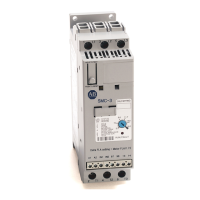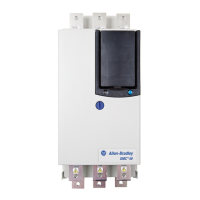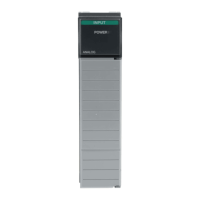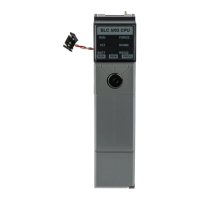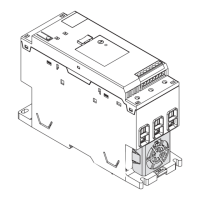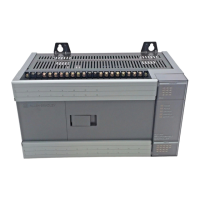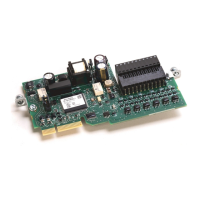Communicate with PanelView Terminals
100 Rockwell Automation Publication CNET-UM001F-EN-P - February 2018
Organize data for a PanelView or PanelView Plus terminal based on how the
data is used.
Time-critical scheduled
data (PanelView
terminals only)
Use the I/O tags of the terminal. The terminal supports
a maximum of 32 input tags and 32 output tags.
The tags for this data were created when you added
the PanelView terminal to the I/O configuration of the
controller. They are similar to the tags of I/O modules.
Not time-critical
(PanelView or
PanelView Plus
terminals)
Create arrays to store the data.
1. For each screen, create a BOOL array with enough
elements for the bit-level objects on the screen.
For example, the BOOL[32] array gives you 32 bits
for push buttons and indicators.
2. For each screen, create a DINT array with enough
elements for the word-level objects on the screen.
For example, the DINT[28] array gives you 28 values
for numeric entry controls and numeric displays.
To access the scheduled I/O tags of the PanelView terminal, use these
address formats.
Terminal Function Address Definition
Writes the data name_of_terminal:I.Data[x].y
Reads the data name_of_terminal:O.Data[x].y
name_of_terminal Name of the instance in the I/O configuration of the
controller
x Element of the input (I) or output (O) structure.
y Bit number within the input or output element
Data for a
PanelView Terminal

